Enhancing performance without abandoning cost efficiency
By Trevor J. Smith, Business Development Manager – T&M, Pico Technology
As the application diversity and technical complexity of embedded systems development has exploded, the number of engineers working on new designs and the performance requirements of the lab equipment needed to verify their solutions has rapidly expanded as well.
But while many manufacturers have chosen to build ever larger, more complex and more expensive devices, Pico Technology has focused on delivering compact, feature-rich oscilloscopes that effectively meet the needs of a wide spectrum of engineers for a cost that’s makes them more accessible to a greater number of companies and users.
Recently the PicoScope® 6000E Series was introduced as the reengineered top tier models in the Pico Technology real-time oscilloscope family. These new scopes are especially well designed to meet the needs of users involved in embedded systems development.

PicoScope 6000E Series FlexRes® mixed signal oscilloscopes provide 8 analog channels with 500 MHz bandwidth, 16 digital channels, and resolution of 8, 10 or 12 bits. Powered by PicoScope 6 application software, they take full advantage of the latest PC hardware and display capabilities, showing clean, crisp waveforms on screens of any size and resolution. The top-of-the range PicoScope 6824E has dual 5 GS/s analog to digital converters and 4 gigasamples of capture memory as standard.
Here are six reasons 6000E series scopes are a good choice for embedded development.
- Long duration captures with superior detail
The advantage of deep capture memory is the ability to capture long-duration events while maintaining a high sample rate, which means that an oscilloscope can make the best use of its bandwidth. The PicoScope 6824E, with 4 GS memory, can capture a 200-millisecond signal at a sampling rate of 5 GS/s that results in 200 picoseconds resolution to reveal the smallest signal details. Deep captures can be explored with the included waveform buffer navigator and zoomed in by up to a million times using the zoom/pan controls.
- A million cycles of waveform parameter data
In some applications it’s necessary to measure the characteristics of waveforms with more than one cycle. PicoScope 6000E Series oscilloscopes are equipped with a special built-in software tool named DeepMeasure™ that delivers automatic measurements of important waveform parameters on up to a million waveform cycles with each triggered acquisition. Results are can be easily sorted, analyzed and correlated with the waveform display to spot anomalies and rapidly identify the cause of complicated issues.
- Built-in serial bus decoding and analysis
For engineers developing designs dependent on serial communication technologies PicoScope 6000E Series oscilloscopes have a distinct advantage. Decoders for 21 serial protocols as well as parallel bus decoding of the digital channels is built into every model right out of the box. The most recent additions are BroadR-Reach (100BASE-T1) Automotive Ethernet, Manchester and DALI. More protocols are in development and will be deployed as free-of-charge updates in the future.
- Low distortion and noise
When precision measurements are needed, PicoScope 6000E Series units deliver the best performance in their class, with better than –50 dB harmonic distortion at 1 MHz on all models and over 60 dB SFDR (PicoScope 6824E). Baseline noise specification is < 150 μV RMS on the most sensitive range.
- Onboard signal input generator
To make it easy to inject a variety of test signals into any device you are testing, every PicoScope 6000E is equipped with an integrated 200 MS/s arbitrary waveform generator (AWG) and 50 MHz function generator with built-in sine, square, triangle, DC voltage, ramp up, ramp down, Gaussian and half-sine functions.
- Multi-Probe positioning system
The perennial problem of how to make reliable multiple probe connections to a device under test (DUT) is addressed successfully by a new PicoScope optional accessory, the Pico Probe Positioner. It uses flexible “gooseneck” holders and is designed to work well with the passive probes supplied with PicoScope 6000 Series scopes. The holders are mounted on a mirror-finished steel base plate, equipped with magnetic PCB posts with insulation washers to hold the device under test (DUT)
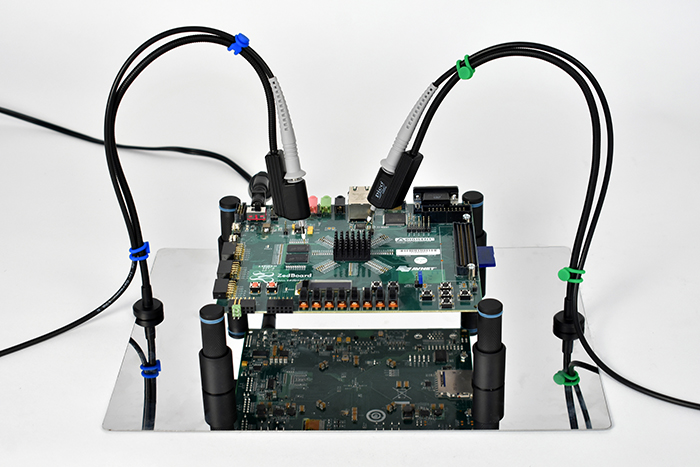
To learn more, visit www.picotech.com
Sponsored content by Pico Technology
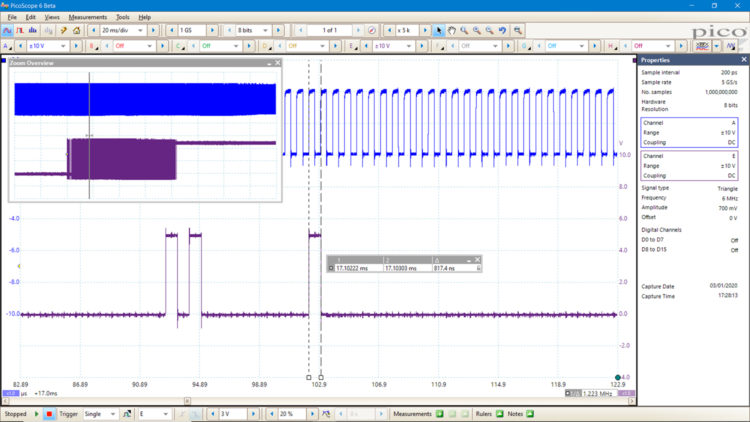
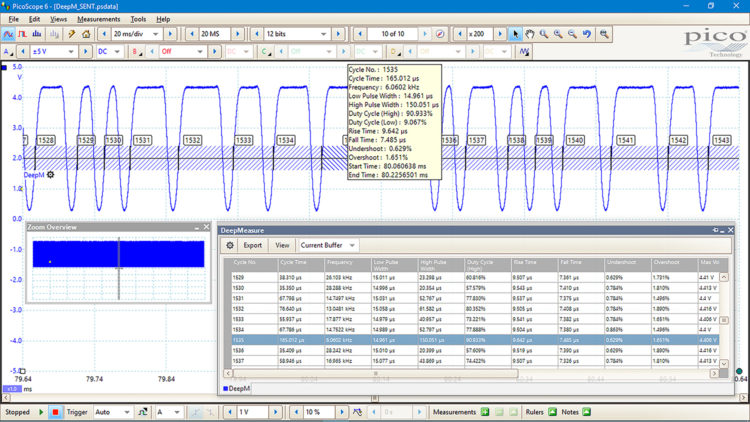
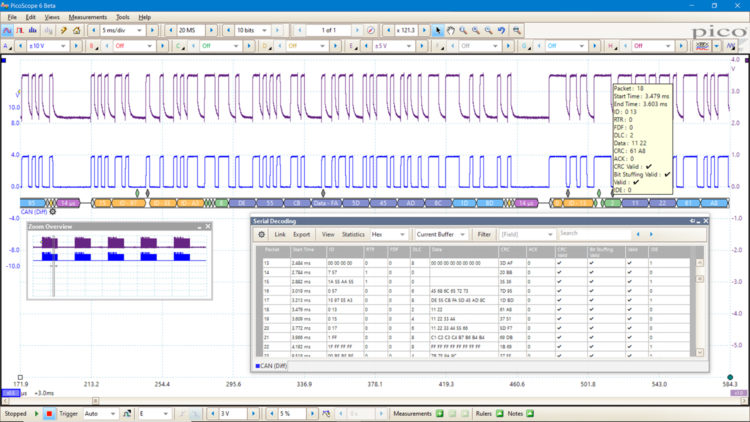
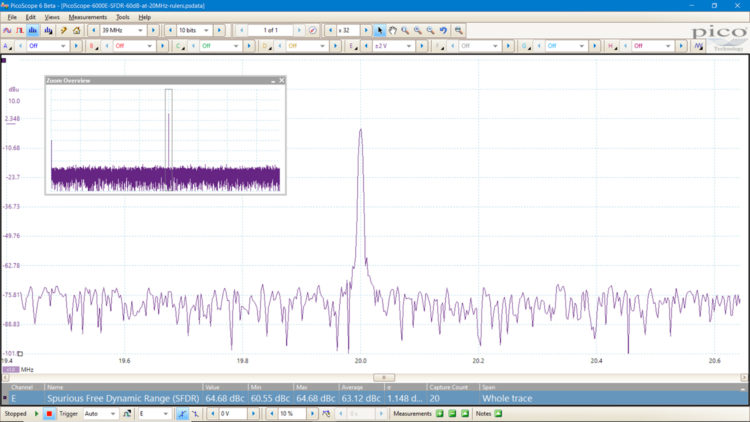
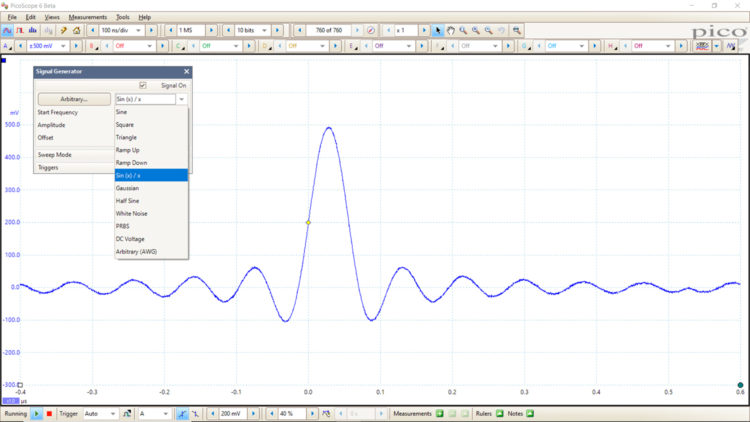

Leave a Reply
You must be logged in to post a comment.